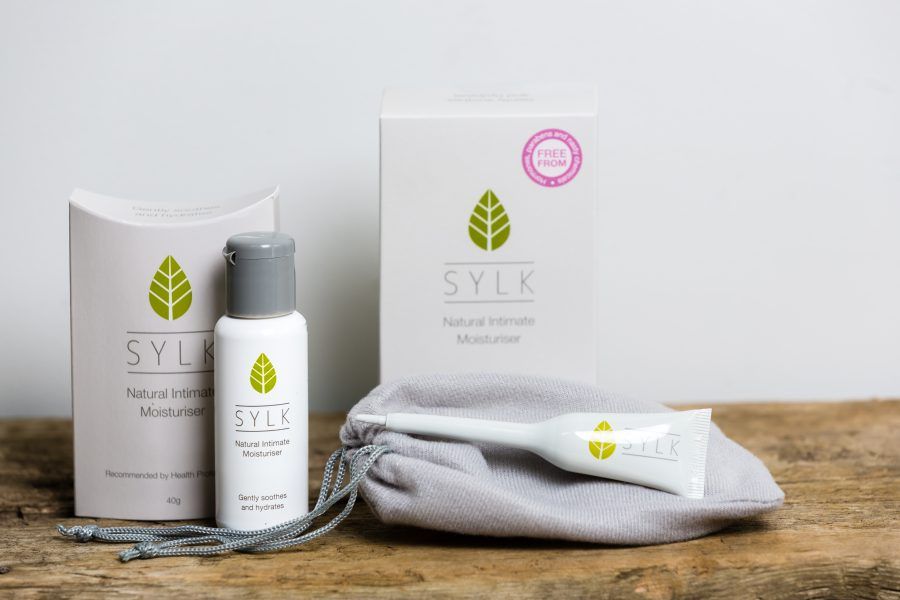Happy New Year! This month features guest blogger Louise Field, women’s health and fitness expert and founder of the Adore Your Pelvic Floor pelvic health awareness initiative. Here Louise offers her advice on making the most out of your 10 minute GP appointment, and gives her top tips for how to talk about problems with your vaginal health to your healthcare provider.

We have all been in this situation at some point, I’m sure…..
You need a GP appointment that you’ve been putting off due to ‘time’, convenience, or availability. But, despite the nagging worry and the need for a diagnosis, you just haven’t got round to making the appointment. Somehow, although it’s important, and actually has an impact on your life, it gets put to the back of your mind. The appointment is left until a ‘less pressured’ moment, or when it reaches the point it cannot be ignored any further.

So you take action. You make an appointment, but you arrive on the day in a rush and feel slightly anxious. Sitting in front of the GP or Health Practitioner, all in a fluster, you consider… Have I actually put enough thought into what I hope to achieve from this appointment?
You make small talk and beat about the bush (quite literally!) before diving head first into the problem.
“For the last few months, everything ‘down there’ has been feeling different. I am more aware of my undercarriage, and everything seems uncomfortable. I am wearing looser clothing, and yet ‘something’, oh, I don’t know what. Feels different?”
The Doctor asks a few more vague questions and writes a prescription, so a cheery ‘thank you’ and you’re on your way. The thing is…. are you 100% sure what the prescription is really for, and, well… did you receive the right diagnosis?
With just 10 minutes to see a GP, you want to make sure you get the most out of your appointment.
Adore Your Pelvic Floor offer these Top Tips to use when seeing any GP or Health Practitioner.
- Don’t delay the appointment.
It can take time to put things into place, to receive treatment, or a referral. The sooner you have an assessment the better.
- Be clear in explaining the key points in question- medical advisers are not trained to read your mind!
As the patient, you need to be concise and clear. Write bullet points to show why you’re there. Convey these concerns straight to your GP as appointment times are short. If we take 5 minutes saying ‘Hi’, ‘How are you Doctor’, ‘The journey here was horrendous’ then we are giving the GP less time to assess properly and make a diagnosis. Be clear to state if you require an examination- sometimes you need one.
You may go into the appointment taking it for granted that an examination will take place. This does not always happen. For a brief moment, you may feel a sense of relief that you’re not offered one, but then on leaving the surgery, you may wonder if it really was an examination you wanted and regret not requesting one. For example, many women self diagnose thrush and yet these symptoms can be due to vaginal dryness. Having an examination will confirm this, and could prevent further issues because you’ll be treated in the right way.Ensure you leave understanding the diagnosis given, and what the next steps are.
If necessary, ask the practitioner to write down the outcome of the appointment. This will help prevent you feeling unsure and confused, and will ensure you know your questions have been answered.- Satisfied with how the appointment has gone?
Hopefully yes, but as a patient, you have the right to a second opinion should you feel your issues have not been addressed. Don’t be afraid to seek further advice if the diagnosis or treatment plan doesn’t feel right.
The sooner you take action, the sooner the problem can be dealt with properly. So don’t ignore nagging symptoms. Your health is important too!
#BecauseWomensHealthMatters
#TakeAction

Adore Your Pelvic Floor is a training provider to Fitness AND Health Professionals whilst also creating the acclaimed Adore Your Floor Programme for women in the community to regain a reactive pelvic floor.
Find out more about Vaginal Dryness

Vaginal dryness is very common and can affect women of all ages not just those going through the menopause.
Other times when women may suffer from vaginal dryness are when starting hormone based contraception, when using tampons, pregnancy and/or breastfeeding and when menopausal. Some drugs for cancer treatment can also cause this unwanted condition, so dryness can affect any woman at any stage of life.


 It can take time to put things into place, to receive treatment, or a referral. The sooner you have an assessment the better.
It can take time to put things into place, to receive treatment, or a referral. The sooner you have an assessment the better. Be clear to state if you require an examination- sometimes you need one.
Be clear to state if you require an examination- sometimes you need one. Ensure you leave understanding the diagnosis given, and what the next steps are.
Ensure you leave understanding the diagnosis given, and what the next steps are.


